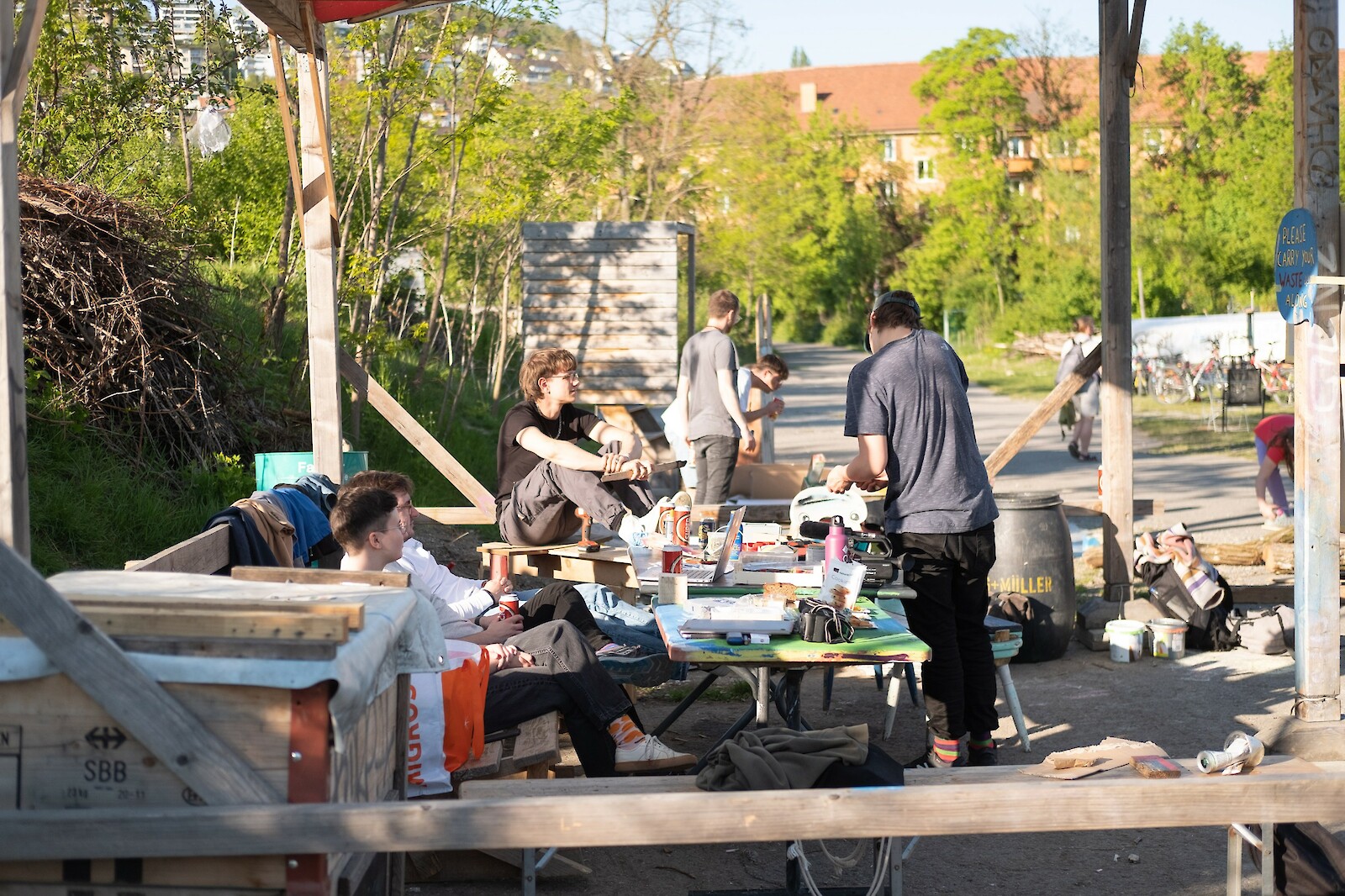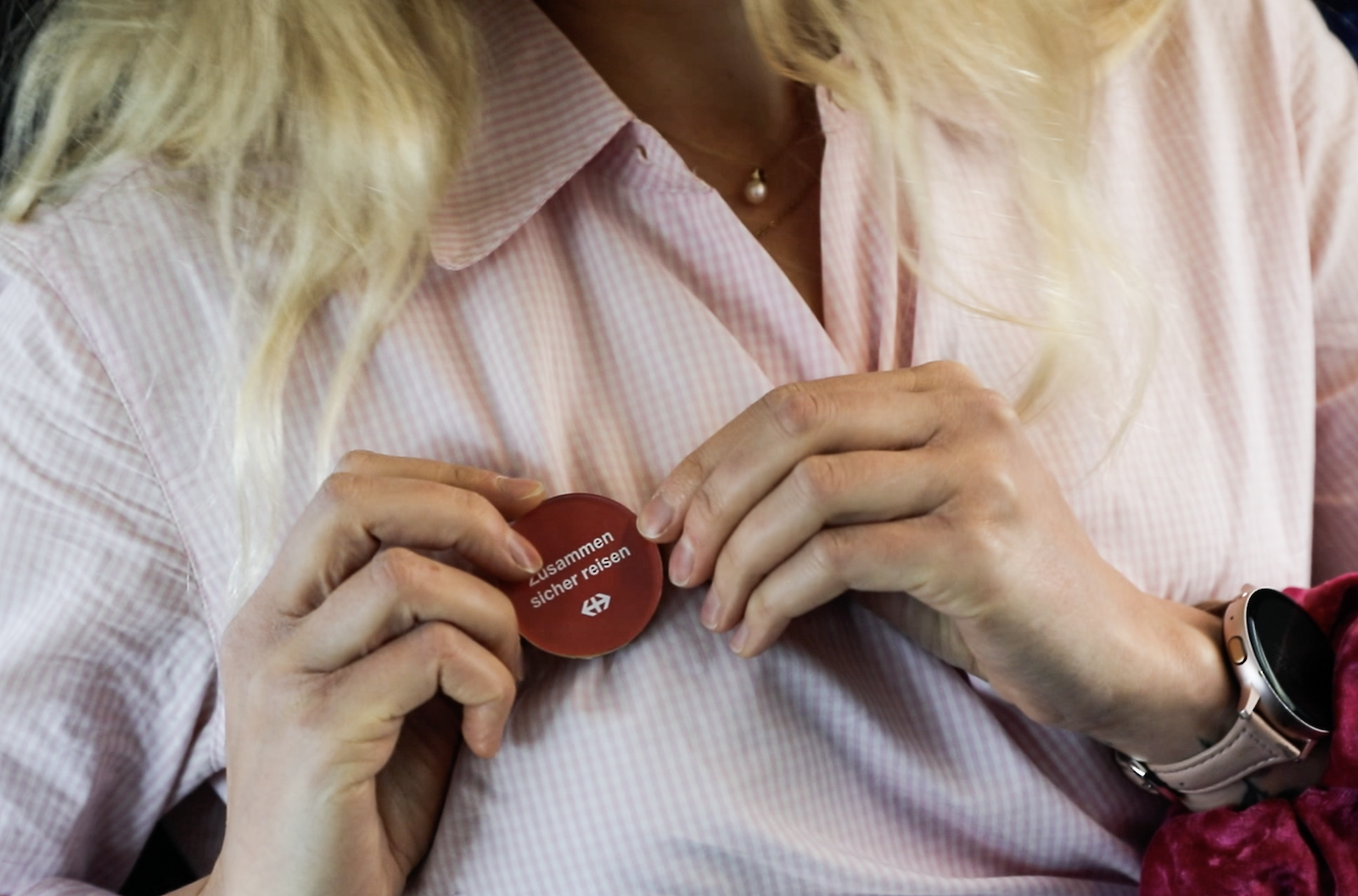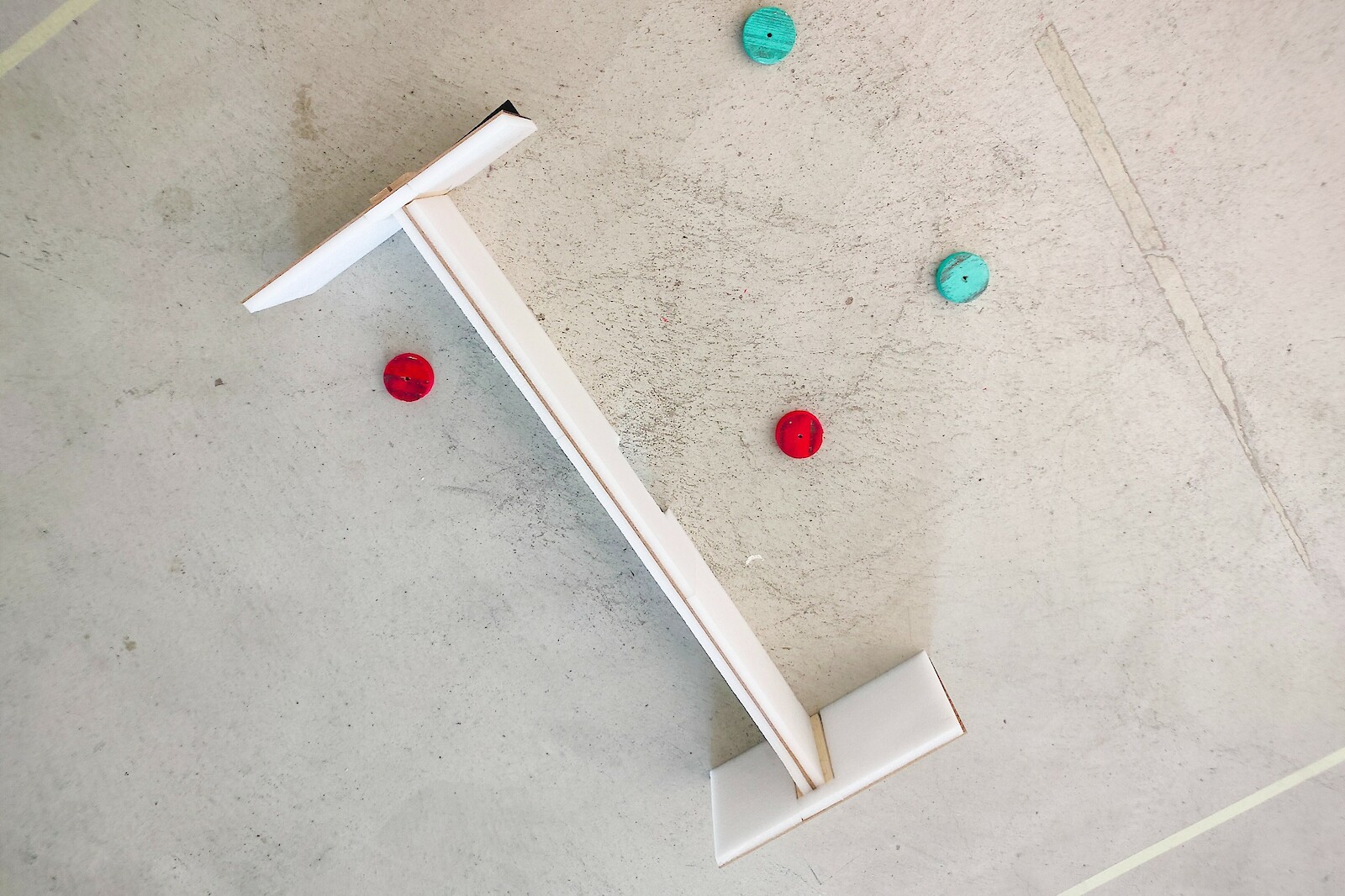IAD Process 22: Designing for social impact
The topic for this class addresses the typical design premice of interaction designers' wishes to have a societal impact. People-centered design is at the core of interaction design studies and human-computer interaction research. What does this premice actually mean? What are the limitations, frustrations, realities of designing on the ground? What if we should move away from a human-centric design to a non-human one? The class proposes to look at proposal of changes not in term of individual behaviours but addressing if systemic changes can happen from a design proposal. We will also uncover the contradictions of a designer's responsibility, agency and idealisation.
For this course, each group of students will engage designing in a social context that they will identify and they will argue for their intervention, in conjunction with working with people (or non-people) involved on the ground.
Student projects:
To tackle the course topic of «systemic change», we considered the notion that only artistically talented people should pursue creativity, as we believe that being creative is important for everyone. We created a "quatsch" (nonsense) event, called DOING UNDOING, where people could be freely creative, with materials such as paint or wood, and free of expectations.
MEMENTO is an art installation designed to bring people together. Plugging in a phone triggers a unique experience that continues to grow with each phone, getting the opportunity to focus on the moment and away from the screen. It also gives an alternative for making memories, as it hands out receipts, generating physical memories that last instead of digital ones.
Traveling in public transport has its dangers, and this project aims to create a solution and make public transport safer for all participants. By implementing a button in the UI of the SBB App that gives the user a way of reporting incidents to other users and / or the police. TRAVEL SAFELY TOGETHER stands and falls on the sense of community unity, there are several community measures that accompany the intervention. The visual of that is a Button, that can be pinned on clothes or baggage and signify to other travelers, that commuting is community and safe travel can be facilitated through others.
In a world where people are very much in their own space and avoiding contact with people, where they feel frightened and uneasy to speak to strangers, we want to provide a fun and safe place for people to have a quick, positive interaction and make the experience that an encounter with a strange is not at all as frightening or annoying as they thought. FOM takes them out of their bubble, their routine and present them a fun opportunity for an encounter.



